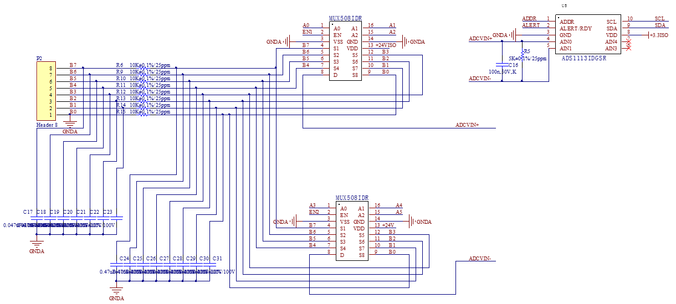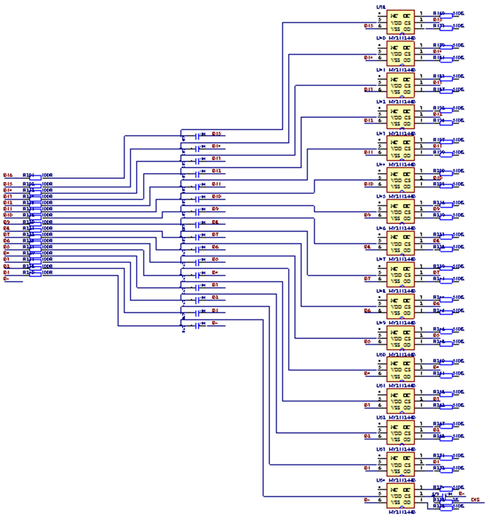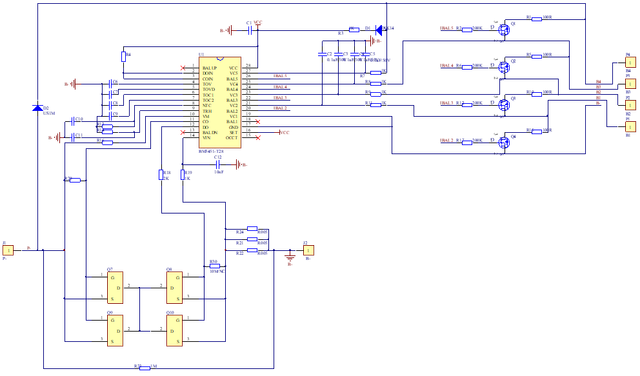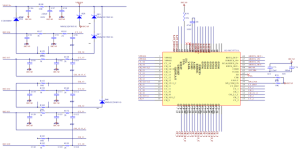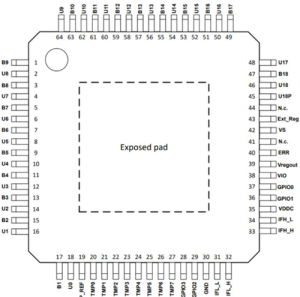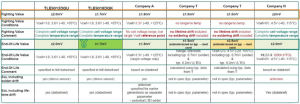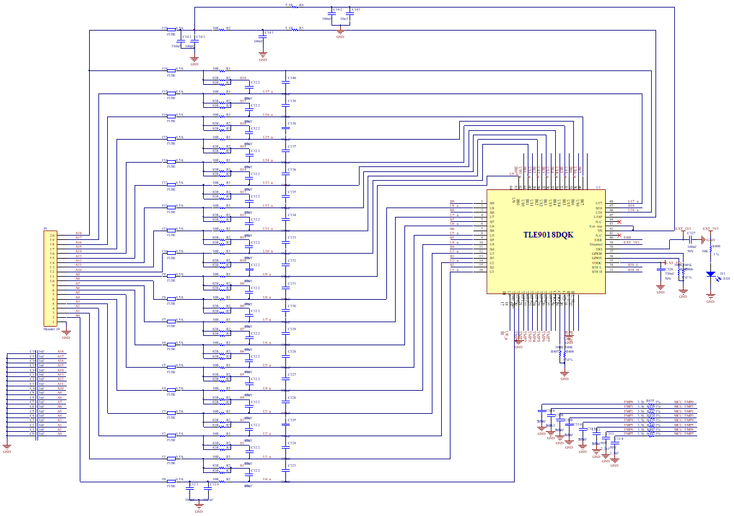Courtesy: Infineon
This article will introduce you to the development of new energy vehicles and energy storage industry, several ways of cell collection solutions, and focus on Infineon’s new AFE acquisition chip TLE9018DQK as well as its use and technical characteristics.
In terms of passenger cars, in recent years, with the emergence of a new round of scientific and technological revolution and industrial transformation, the new energy vehicle industry has entered a stage of accelerated development. China’s new energy vehicle industry, after years of continuous efforts, the technical level has been significantly improved, the industrial system has been improved, and the competitiveness of enterprises has been greatly enhanced, showing a good situation of “double improvement” of market scale and development quality.
In terms of energy storage, electrochemical energy storage, as the fastest growing energy storage method in recent years, has rapidly increased from 3.7% in 2018 to 7.5% in 2020. Lithium-ion battery energy storage has high energy density, wide commercial application, declining unit cost, and mature technology, so lithium-ion battery energy storage has become the hegemon of global electrochemical energy storage. According to the data, by the end of 2020, lithium-ion batteries accounted for 92% of the installed capacity of electrochemical energy storage, and sodium-sulfur batteries and lead-acid batteries accounted for 3.6% and 3.5%, respectively. At present, lithium-ion energy storage mainly uses lithium iron phosphate battery technology.
2. Introduction to the collection plan
(1) Cell collection realized by AD chip
Whether it is new energy passenger vehicles or energy storage, new requirements and standards have been put forward for the BMS industry. A key technology in BMS technology is the collection and protection of cell parameters, the so-called AFE technology. In the early days, there were no AFE chips, and the collection of battery cells was basically collected one by one with AD chips. The electronic switch is used to achieve the purpose of sequential switching. The scheme is roughly as follows:
As shown in the figure above, its principle is to use 2 electronic switches, at the same time, the upper switch strobe one way, and the lower switch strobe one way, (the electronic switch adopts TI’s MUX5081DR, and which one gated is configured through 3 addresses). During the switching process, ensure that the strobe of the upper switch and the lower switch are adjacent to each other, and the strobe of the upper switch is the high position. The gated two-way data is collected differentially through ADI’s ADS1113IDGSR and converted into an I2C signal for MCU communication.
The acquisition rate and accuracy of this collection method are not very high, and the general acquisition accuracy must reach 14 bits to meet the requirements of cell collection. This collection method is currently used in the collection of some special cells, such as nickel-chromium, nickel-metal hydride, and lead-acid batteries. Because most of the cells in this concentration appear in groups. Most of us use this group as a cell to deal with, and the voltage of this group will generally be greater than 5V, such as the 12V of the lead-acid group that we are familiar with. This is where this approach is needed to achieve partial pressure harvesting.
(2) Cell protection achieved by a single-cell cell protection chip
There is also a simple single-cell collection scheme on the market, which features that each cell is independently protected by a single chip. As shown in the figure below:
The chip HY2112-BB can realize the protection of over-voltage and over-under-voltage, charging detection and charge-discharge control. The operation mode is mainly realized by driving the external MOS with the drive pin of the output.
(3) Cell protection realized by multi-cell cell protection chips
There are mainly 4 strings, 7 strings, 8 strings, 12 strings, 14 strings, and 16 strings of multi-cell acquisition chips on the market. Among them, 12 strings and 14 strings are the majority. Typical examples are ADI’s LTC6803HG and NXP’s MC33771A.
As shown in the figure below:
Figure 3 shows BYD’s 4-string BM3451 acquisition chip scheme. Figure 4 shows ADI’s 12-string LTC6803HG acquisition scheme, and Figure 5 shows NXP’s 14-string MC33771 acquisition scheme.
In addition to cell voltage acquisition, noise filtering, self-function monitoring, and integrated internal equalization MOS, these two types of acquisition also have multi-channel temperature acquisition, and MC33771 also comes with internal current measurement, simplifying the BMS current acquisition loop.
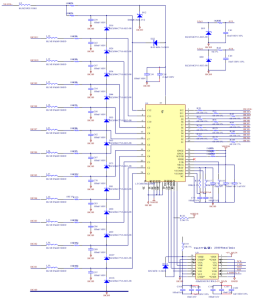
3. Infineon’s new TLE9018DQK AFE acquisition solution
Infineon’s AFE acquisition solution is mainly TLE9012 in the early stage, and compared with other chips, the most important feature of this chip is the integrated pressure and temperature compensation function. This function enables the chip to maintain good acquisition accuracy in special environments. The main disadvantage is that the number of strings is relatively small, and there are limitations in the combination of strings and combinations. The TLE9018DQK is developed on the basis of TLE9012, and its functional characteristics are mainly as follows:
1. It can monitor 18 strings of batteries at the same time.
2. The maximum voltage can reach 120V, with strong ESD function. It can support frontal hot swapping without external protection (due to its high withstand voltage value and internal protection).
3. Integrated stress sensor and temperature compensation with digital compensation algorithm. Its products can maintain high acquisition accuracy in a variety of complex environments.
4. Integrated 8 temperature acquisition channels.
5. The maximum passive equalization circuit can reach 300mA.
6. Support capacitive coupling and transformer coupling in communication.
7. It has multiple wake-up sources, so it can wake up the chip in a variety of ways.
8. With automatic no-load detection function.
The peripheral pinout diagram looks like this:
TLE9018DQK is suitable for HEV, PHEV, BEV, energy storage and other product applications. The package form is: PG-FQLP-64. The maximum permissible temperature range is –40-150°C. The comparison of TLE9018 with other chip technical parameters can be referred to the following figure:
Here, for TLE9018DQK, a set of cell collection schemes is made, as shown in the figure below.
Because the TLE9018DQK has its own passive balancing MOS, the external balancing circuit only needs to be connected to the current-limiting resistor, and considering the resistor power problem under the maximum balancing current, two 82R, package 2512 power resistors are connected in parallel to improve reliability. The 8-channel temperature measurement is delivered to the MCU with a 3.3K current-limiting resistor. External 100K NTC temperature sensor for temperature collection. If the temperature sensor is not used so much, the unused pins must be pulled down to the ground end.
IFL_L, IFL_H, IFH_L, IFH_H, and four pins are externally connected to Infineon’s isolated communication chip TLE9015, which can realize multi-level series daisy-chain communication.
The ERR pin is connected directly to the MCU and can feed back the current state of the chip to the MCU.
The chip comes with 4 GPIO pins, which can control external indicators, alarms, etc., which are not used here for the time being, so they are directly pulled down to ground.



